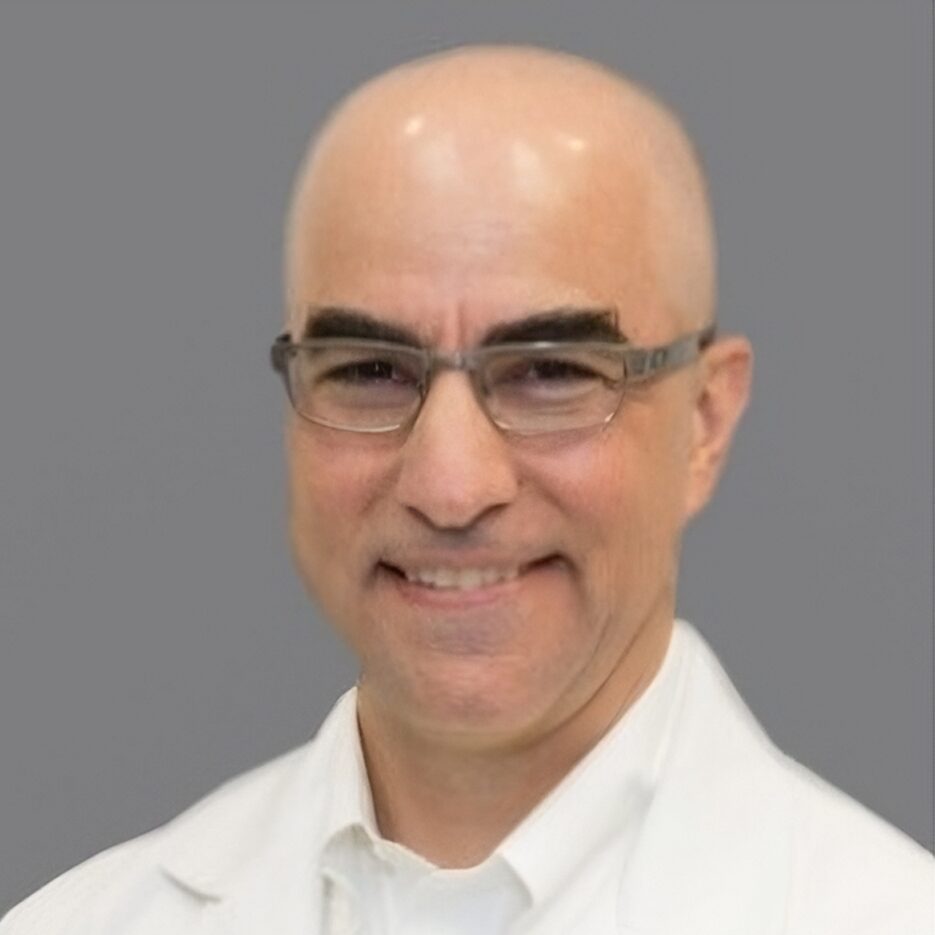There’s No Need to Fear the Dreaded “Low-T”
4Ever Young’s testosterone replacement therapy offers men both mental and physical reinvigoration
Find a Center Near YouTestosterone Replacement Therapy
Soon after many men reach the age of 30, up to 60 years of age, the dreaded “Low-T,” or low testosterone, may become a problem. The most common manifestations of low T include an inhibited sex drive and less energy – which can easily leave men feeling inadequate and even ashamed. But before low T begins affecting your quality of life, you can do something about it – and 4Ever Young can help. If you notice low T symptoms such as increased abdominal fat, muscle loss, slow recovery from exercise or injury, low energy, disrupted sleep patterns, low libido, and decreased mental and memory performance, it may be time to seek help. Thanks to the solutions provided by 4Ever Young, you can be well on your way to conquering these maladies. And soon enough – you’ll be back to your old self as always.


How It Works
Thanks to 4Ever Young’s treatment options, adult males suffering from low T can explore the benefits of bioidentical hormone replacement therapy (BHRT), delivered via injection, pill, or pellet. Our process includes extensive blood work and takes the history of your physical health into account to create your 4Ever Health Profile – a custom blueprint to optimize your hormones with targeted treatment plans. After a personal consultation with one of our medical professionals, we’ll determine a course of treatment designed to get you the fastest results. Post-treatment, you may notice decreased body fat, increased muscle, mood enhancement, improved strength and performance, better mental clarity, and – best of all – increased libido and sexual performance. Once you discover the magic behind BHRT, our proven treatments will get you back to looking and feeling the man you once were.
Treatment Options
4Ever Young offers multiple treatment options to address low T, including:
Topicals – applied as a cream, topicals are a non-invasive way to administer testosterone back into the body
Pellets – about the size of a grain of rice, they are inserted under the skin at the hip to allow a steady dose of testosterone over a period of several months
Injectables & Biomedical HRT – weekly prescription injections that offer specific doses of testosterone
Men have traditionally avoided addressing their need for testosterone replacement therapy, either out of denial or self-consciousness. But this approach will never help you get better – especially knowing there are proven bioidentical hormone replacement therapy treatments (BHRT) that are highly effective in treating low T. There’s simply no excuse to suffer in silence when you could be back on the road to your old self again – feeling younger, more vibrant, and completely reinvigorated.
The compassionate and well-trained medical professionals at 4Ever Young are highly skilled in providing anti-aging and wellness solutions that keep you looking and feeling your best. We invite you to book an appointment at a 4Ever Young vitality center near you. As the industry’s leading pioneer of hormone replacement therapy and anti-aging treatments, we’re committed to applying a proactive approach in addressing your health and wellness concerns.
All of 4Ever Young’s multifaceted treatment regimens and flexible delivery methods are based on the latest scientific and diagnostic resources available, providing you with innovative and cutting-edge care designed to restore your self-image, confidence, and quality of life. Don’t let the dreaded “low T” be a mental and physical burden. It’s truly no way to live when you have proven restorative treatment regimens right at your disposal.
Experience the 4Ever Young Difference and begin your personal journey to look better, feel better, and discover a whole new you. Because you deserve the opportunity to treat yourself and present the best version of you to the world.





